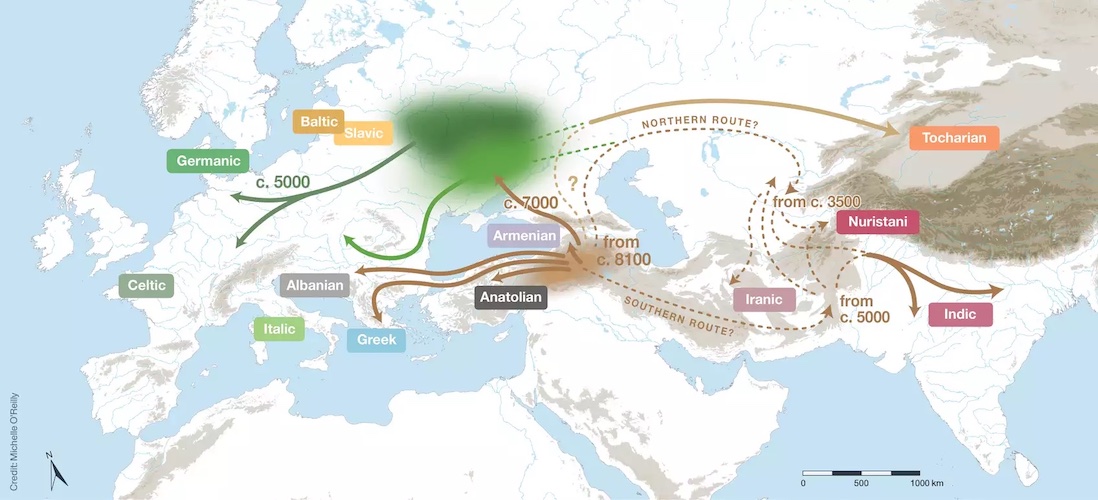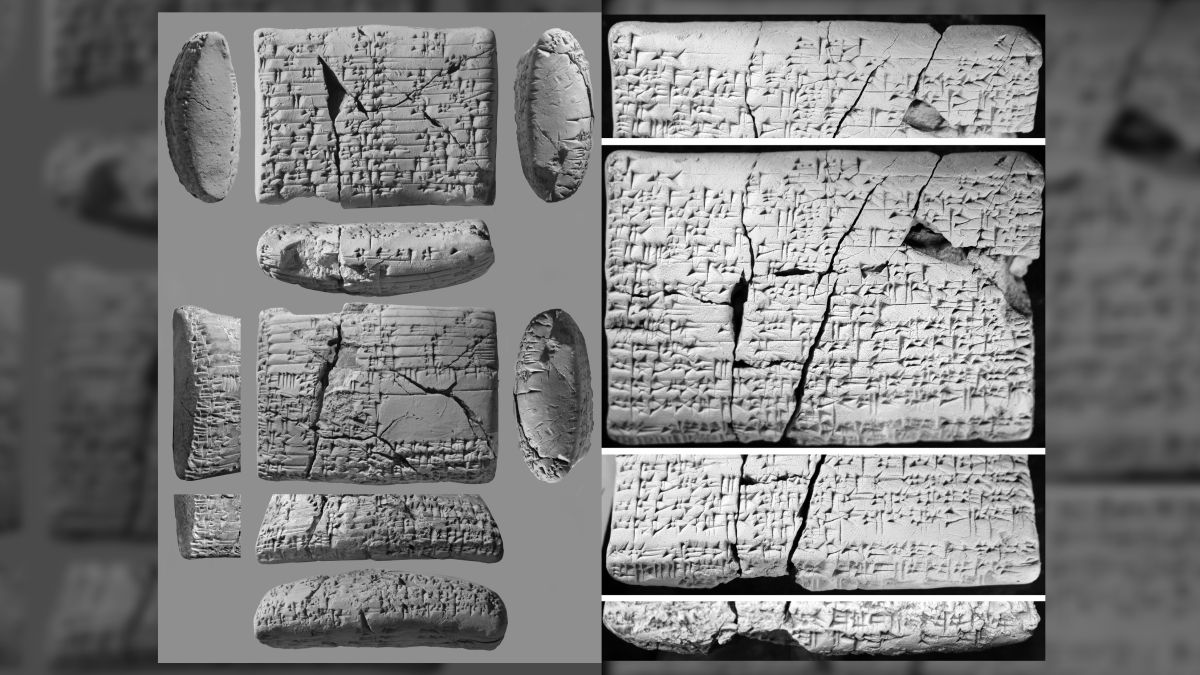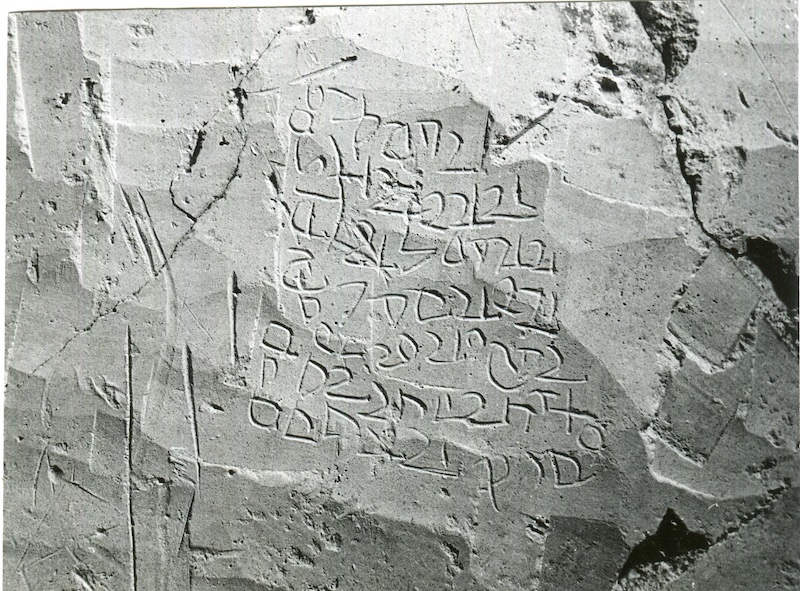The implications of horse domestication — above all its consequent equine chariotry and horseback riding — for the spread of Indo-European are topics we have addressed on numerous occasions before. A paper that was published just two days ago has made a stunning, convincing breakthrough concerning when and where humans began to ride horses:
"First bioanthropological evidence for Yamnaya horsemanship"
Martin Trautmann, Alin Frnculeasa, Bianca Preda-Blnic, Marta Petruneac, Marin Focneanu, Stefan Alexandrov, Nadezhda Atanassova, Piotr Wodarczak, Micha Podsiado, Jnos Dani, Zsolt Bereczki, Tams Hajdu, Radu Bjenaru, Adrian Ioni, Andrei Mgureanu, Despina Mgureanu, Anca-Diana Popescu, Dorin Srbu, Gabriel Vasile, David Anthony, and Volker Heyd
Science Advances, 9 (9), eade2451. DOI: 10.1126/sciadv.ade2451
View the article online
https://www.science.org/doi/10.1126/sciadv.ade2451
Yamnaya (c. 3300-2600 BC)
Read the rest of this entry »


